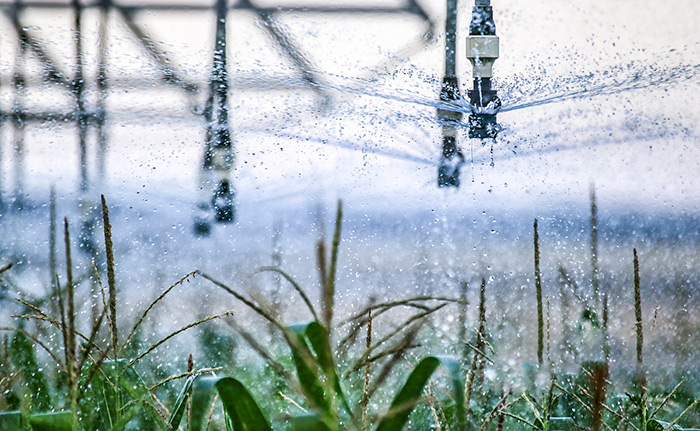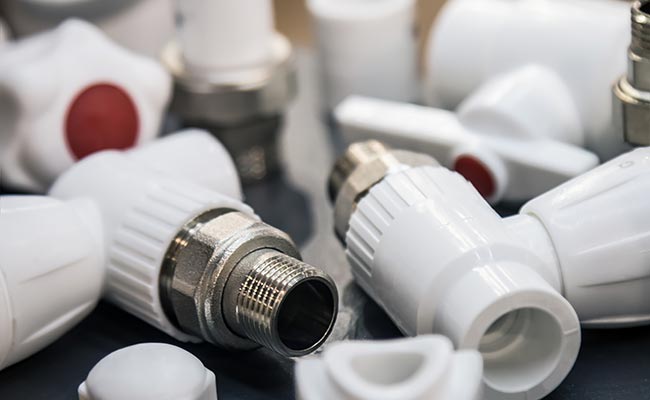You are designing a plumbing system for hot water, but worries about leaks keep you up at night. Using the wrong material could lead to burst pipes, expensive water damage, and a ruined reputation.
PPR fittings are connectors used in plumbing systems, made from Polypropylene Random Copolymer. They are designed for both hot and cold water transport and are joined by heat fusion, which creates a permanent, seamless, and leak-proof bond between the pipe and fitting.
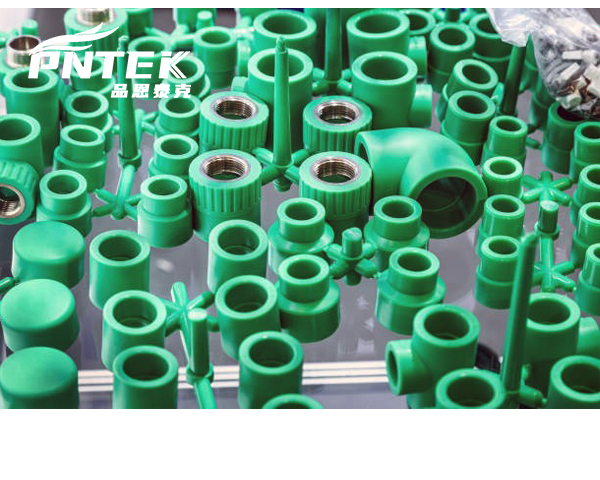
When I speak with partners like Budi in Indonesia, the conversation often turns to long-term reliability. His customers, whether they are building a new hotel or a family home, want a plumbing system they can install and forget about. They cannot afford leaks. This is where PPR systems shine. The joining method, heat fusion, does not use glue or gaskets. It literally turns the pipe and fitting into a single, continuous piece of plastic. This unique feature is why PPR has become the gold standard for hot and cold water systems around the world.
What is PPR fitting?
You see “PPR” in a product catalog, but you are not exactly sure what makes it different. Without knowing the basics, you cannot confidently explain its value to your team or your customers.
A PPR fitting is a plumbing connector made of a special plastic called Polypropylene Random Copolymer. It is used to join PPR pipes, and its key feature is the heat fusion welding method that creates a permanent, leak-free joint.
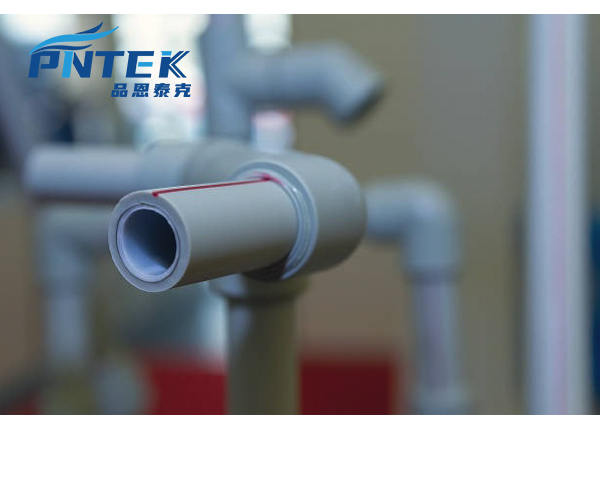
Let’s break it down. “Polypropylene” is the base plastic, but the “Random Copolymer” part is the secret. It means we mix in another monomer during production, which makes the plastic tougher and much better at handling heat compared to standard polypropylene. The most important part, however, is how they connect. You use a special heating tool to melt the inside of the fitting and the outside of the pipe at the same time. Then you simply push them together. When they cool, the plastic molecules have fused together into one solid piece. This creates the strongest part of the entire pipeline, eliminating the risk of joint leaks permanently.
Common Types of PPR Fittings
| Fitting Type | Function |
|---|---|
| Socket/Coupling | Joins two pipes in a straight line. |
| Elbow (90° & 45°) | Changes the direction of the pipe run. |
| Tee | Splits the flow into two directions (T-shape). |
| Reducer | Connects a larger pipe to a smaller pipe. |
| End Cap | Seals the end of a pipe. |
| Union | Allows for easy disconnection of pipes for maintenance. |
Are PPR fittings better than PVC?
PVC is everywhere and it is cheap, so you wonder why you would pay more for PPR. Choosing the wrong one for a hot water line could lead to disaster when the pipe fails.
For hot water, PPR is far better than PVC. PPR is specifically designed to handle temperatures up to 95°C. Standard PVC should not be used for temperatures above 60°C, making it unsuitable and unsafe for hot water lines.
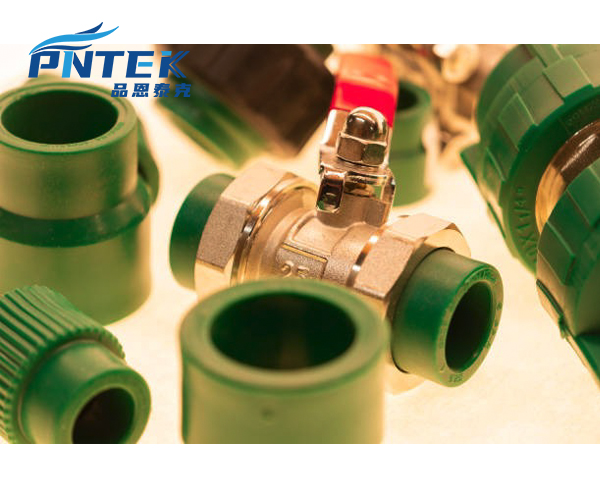
This is the most common question I get, and the answer is about using the right tool for the job. You would not use a hammer to turn a screw. In the same way, you should not use PVC for hot water. PVC softens and can deform under pressure at high temperatures. PPR is built for this. Its molecular structure can handle the heat and pressure without any issues. For cold water supply lines, PVC is often a good, cost-effective choice. But for any application that involves hot water, from a simple home shower to a complex industrial process, PPR is the only safe and reliable option. This is why I always advise Budi to offer both but to be very clear with his customers about where to use each one.
PPR vs. PVC: Key Differences
| Feature | PPR (Polypropylene Random Copolymer) | PVC (Polyvinyl Chloride) |
|---|---|---|
| Hot Water Use | Excellent. Rated up to 95°C. | No. Unsafe for hot water (rated to 60°C). |
| Joining Method | Heat Fusion (Welding) | Solvent Cement (Gluing) |
| Joint Strength | Becomes one solid piece, very strong. | A glued bond, can weaken over time. |
| Flexibility | More flexible, less likely to crack. | Rigid and brittle, can crack on impact. |
| Best For | Hot & Cold drinking water systems. | Cold water, drainage, irrigation. |
Which is better, PPR or HDPE?
You have a large project and see both PPR and HDPE options. They are both welded plastics, so you are unsure which one is the correct choice for your specific application.
Neither is better overall; they are designed for different jobs. PPR is more rigid and is the champion for indoor hot and cold water plumbing. HDPE is more flexible and UV-resistant, making it ideal for large, outdoor underground water mains.
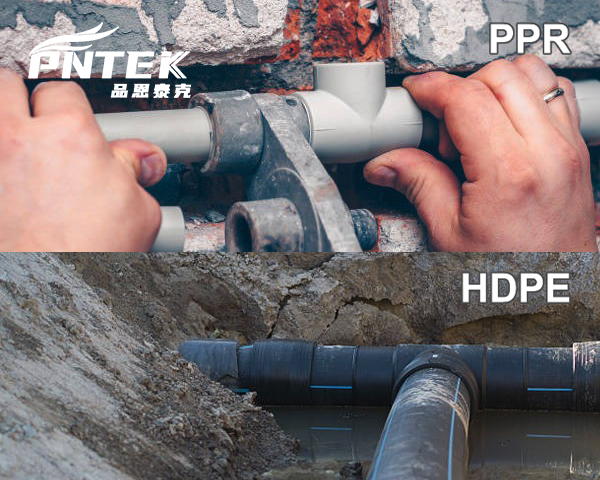
Think of it this way: PPR is for the veins and arteries inside a building, while HDPE is for the main supply lines running to the building. PPR’s rigidity is an advantage indoors because it allows for neat, straight pipe runs that look professional and are easy to support. HDPE, or High-Density Polyethylene, is much more flexible. This allows it to be delivered in long coils and snake around obstacles underground, reducing the number of joints needed. It is also black because it contains carbon black, which protects it from sunlight (UV) degradation. You would not use PPR for an underground main, and you would not use HDPE for a hot water line to a shower. They are specialists that excel in their own environments.
PPR vs. HDPE: Application Focus
| Feature | PPR | HDPE |
|---|---|---|
| Primary Use | Indoor hot & cold water plumbing. | Outdoor underground water mains, gas lines. |
| Flexibility | Semi-rigid. | Very flexible, comes in coils. |
| UV Resistance | Low (must be protected from sun). | Excellent (carbon black provides protection). |
| Color | Typically green or white. | Typically black or blue. |
| Pressure Rating | High (e.g., PN20, PN25). | Varies by class (e.g., PE100). |
Which is better, PPR or PEX?
You see PEX being used on many job sites because it is flexible and installs fast. This makes you wonder if PPR is an older technology or if it still holds an advantage.
The choice depends on your priority. PEX is more flexible, which can speed up installation with fewer fittings. PPR uses solid, heat-fused joints that are considered more permanently reliable than the mechanical crimp fittings used for PEX.
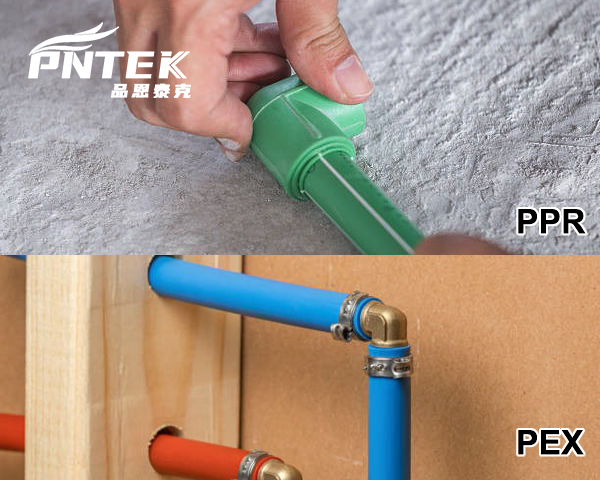
PEX (Cross-linked Polyethylene) is a great product, and its main advantage is flexibility. You can bend a PEX pipe around corners, reducing the need for elbow fittings. However, its weak point can be the fittings themselves. PEX systems rely on mechanical joints, like metal crimp rings or clamps, to secure the pipe. Over many years, these metal parts can corrode or loosen, creating potential leak points. The PPR system’s advantage is the fusion weld. It eliminates the risk of joint failure entirely. Also, PEX fittings often go inside the pipe, which reduces the internal diameter and can restrict water flow. PPR fittings are socket-fused, maintaining a full, unobstructed flow path. For us, the absolute security of a welded joint makes PPR the superior choice for long-term building projects.
PPR vs. PEX: A Comparison
| Feature | PPR | PEX |
|---|---|---|
| Flexibility | Semi-rigid pipe. | Very flexible pipe. |
| Jointing System | Heat Fusion (Welding) | Mechanical (Crimps, Clamps) |
| Joint Reliability | Permanently, part of the pipe itself. | Dependant on the fitting and tool quality. |
| Fittings | Sockets (no flow restriction). | Inserts (can restrict flow). |
| Tools Needed | Heat fusion welder. | Crimping or clamping tool. |
Conclusion
PPR fittings are the ideal solution for reliable hot and cold water plumbing. Their heat-fused joints create a leak-proof system, offering clear advantages in durability and safety for any building project.
Post time: Sep-25-2025


